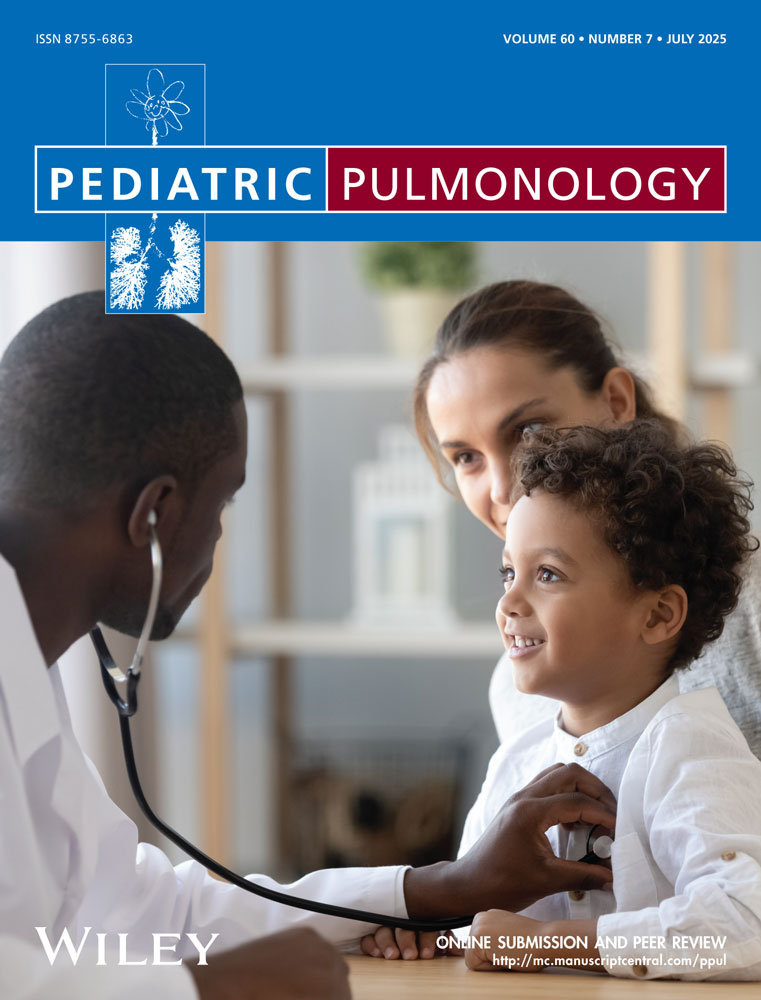Lag effect of particulate air pollution on lung function in children†
Jin-Young Min and Kyoung-Bok Min contributed equally to this work.
Abstract
We assessed the relationship between particle air pollution and changes in lung function in children as measured by spirometry over time. Data were collected from air pollution and family health examinations of 181 subjects, aged 9–19 years, in a Korean community. The children performed lung function tests, and their height and weight were measured. Their parents responded to an interview regarding the children's history of disease. Data on air pollution were obtained from the Environmental Management Corporation, which is part of the Korean Ministry of the Environment. We found evidence that the declines in forced vital capacity (FVC) and forced expiratory volume in 1 sec (FEV1) were significantly associated with the PM10 concentration for 37–60 hr preceding the lung function tests. The associations were consistent in the two-pollutant models. Our findings suggest that exposure to PM10 may increase the risk of adverse health effects in children with respiratory symptoms or diseases. Pediatr Pulmonol. 2008; 43:476–480. © 2008 Wiley-Liss, Inc.




